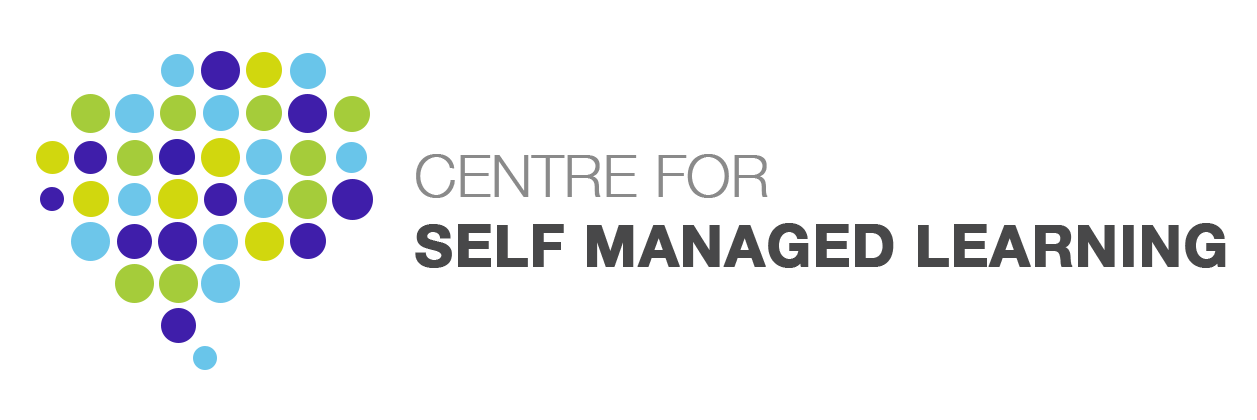11 Jan A Resource for Work Based Learning
 In a previous newsletter I mentioned that Ian Cunningham, Ben Bennett and I are producing a Handbook of Work-Based Learning for Gower. We see this as a useful resource for those working with SML. It is yet another thing we can put in the hands of people who come on SML programmes to help them develop the attributes of an active learner, in the process of aiding the pursuit of their goals.
In a previous newsletter I mentioned that Ian Cunningham, Ben Bennett and I are producing a Handbook of Work-Based Learning for Gower. We see this as a useful resource for those working with SML. It is yet another thing we can put in the hands of people who come on SML programmes to help them develop the attributes of an active learner, in the process of aiding the pursuit of their goals.
[member]
Introductory chapters will set the scene, in terms of work-based learning in general, its relevance to senior managers and to development specialists prior to sections which will cover individual strategies, tactics and methods which can be used for work-based learning. To illustrate the approach we are taking in the handbook I have chosen one of the method sections.
Many of the strategies, tactics and methods will be familiar parts of organisational life and/or developmental approaches, to which we bring to bear the particular perspective entailed in their use for work-based learning. The method that follows, though, may be less familiar. An additional reason for choosing the topic of writing is the hope that it might stimulate you to put pixels to paper and produce something for this newsletter.
A lightly edited draft of the writing section follows:
Writing
There are many times when we have to do writing, be it for a report or merely a memo. Here, though, we are looking at writing as a method of learning and development. But this does not mean it can only apply when writing is a choice. One of the advantages of intentionally taking a ‘learning orientation’ is that we can also bring it to bear on things which are not of our choosing.
Frequently, people are inhibited from writing by their idea of what might be expected of the results (by them or by some unspecified other, often the ghost of a school teacher past). Whilst there may be reasons for showing your writing to others, here its purpose is for learning. Accordingly, it matters not a jot whether others can read or understand what you have written; it is not written for them, it is written for you. When writing for learning, the only criterion your writing need satisfy is that it leads to – learning.
Examples
- Writing up a learning log.
- Keeping notes on what you have read.
- Qualification programmes usually depend on writing to demonstrate what has been learnt.
Possible benefits
- Writing for learning can release us from the stranglehold of scholastic writing. What it needs is a change in the way we think about writing. John Morris is fond of distinguishing between the processes of ‘writing down’ and ‘writing up’. We write things down in rough notes. We write them up when we impose shape on our rough material and make it fitting for a reader. All too often we eschew the first process, yet there are far more instances where we can use the process of writing down than where it is necessary to write up.
- Writing enables us to sort out our ideas. It is a way for us to find out what we think. This is using the process of writing as a way to explore a subject or experience. School taught us to get our thoughts clear before we wrote, but it is equally possible to fire our thoughts across the page in order to discover what we think.
- Writing is one way to reflect on our experience. The very process of writing can slow down our racing thoughts. We can bring a new perspective or a new question to what we are thinking of. There are always new perspectives and new questions which can unfurl new learning.
- Much of our most important learning is about ourselves and our life circumstances. The process of ‘freewriting'(explained more fully in Operating hints) can be used in this exploration, and the research of James Pennebaker shows that it has significant benefits in terms of psychological and even physical health. Consistently, Pennebaker’s results showed that when people wrote fast, paying no attention to the niceties of spelling or grammar, about what was troubling them in their lives or situations they benefited from this.
- Whether or not we have to write for others, whether or not our writing will be seen, it can still be useful to write, on occasion, ‘as if’ we are writing for others. This is especially the case when we are wanting to make sense of a specific subject area. By writing as if we are explaining the subject to a friend, or an audience of readers, we force ourselves to organise our thinking, to marshal our argument and the facts that support it. The result is that it becomes very clear where our understanding falls short.
- Writing can help us to integrate ideas. By engaging with them, they cease to remain on the page as abstractions. We breathe life into them, and make them more real, as we probe them with our questions and compare them with our own ideas. Then what we gain from them becomes ours and can be put into action.
Possible limitations
- The major limitation of writing is that it is something that needs to be done, that is, it takes time and it takes application. However, unlike formal writing, freewriting requires much less effort; the process takes wing and our thoughts can sweep us along.
- Writing cannot be brought to bear when we are in the midst of a situation that is giving us trouble. It can only be used to prepare for situations. However, the same restriction does not apply when it comes to dealing with our thoughts and feelings. Those we can tackle immediately, working with what confuses or bothers us right at the moment we are being confused or bothered by it.
Operating hints
The method of freewriting can be useful in releasing us from thinking of writing in terms of school essays. As developed by Peter Elbow, this is writing free of all constraints but one. No consideration is given to spelling, to grammar, to coherent argument, not even to sentences or paragraphs. The only constraint is that one must keep writing and writing fast. You set yourself a time, say, fifteen minutes, and identify what you are going to write about. Then the only aim is to write continually, without stopping for thought, without correcting, and to continue writing even when you think there is nothing more to say. The end result may have many repeated ideas, many times when all you have been able to write is that “I don’t know what to write” but, if you simply continue to write, new thoughts do seem to come to mind. Sometimes those thoughts loop back to make connections with things you rushed down earlier, and without being able to think through the connections you write them in white-heat, off the top of your head. This process pushes your thinking, pushing out those only half-coherent or totally incoherent ideas, ideas you would never commit to writing were it not for the freewriting context.
The process can be used iteratively. Having written for fifteen minutes on the subject, you can underline various observations and ideas that emerged. Then the clock can be set again to write for fifteen minutes on those ideas. Again you will find ideas get pushed forward, developed, find new connections. Sometimes the ideas become clearer, sometimes their import becomes wider or they take off in new directions. The process can continue and, if you do need or want to bring it through to a finished piece of writing you can do so by letting a structure emerge as you go. That structure, written down and then written up at speed, often retains, even through the tidying up process, a good deal of the spontaneity and liveliness of your freewriting to produce an end result much more pleasing to the reader than one arrived at by a constraining struggle between yourself and the page.
Graham Dawes
[/member]

